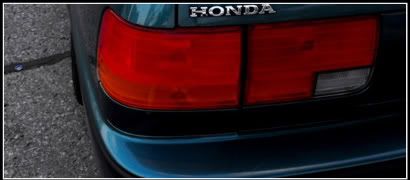Heres the situation
My Professor has asked me to write up a short article on "Why does a racing car have a single lug nut, where as a normal road car has 4 or 5?"
Im stumped. I want an engineering point of view, ie; strength, design, materials, maybe some physics (mass moment of inertia, etc...)no calculations involved, just theories.
ive never thought of it other than time advantage (faster pit stops, LOL), but he doesnt want that. and safety issues dont count either, 5 nuts > 1 nut, LOL
help me out guys.
thanx
My Professor has asked me to write up a short article on "Why does a racing car have a single lug nut, where as a normal road car has 4 or 5?"
Im stumped. I want an engineering point of view, ie; strength, design, materials, maybe some physics (mass moment of inertia, etc...)no calculations involved, just theories.
ive never thought of it other than time advantage (faster pit stops, LOL), but he doesnt want that. and safety issues dont count either, 5 nuts > 1 nut, LOL
help me out guys.
thanx










Comment